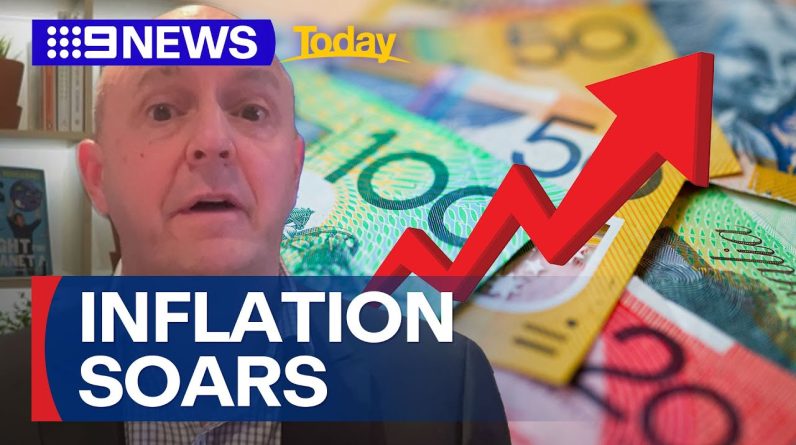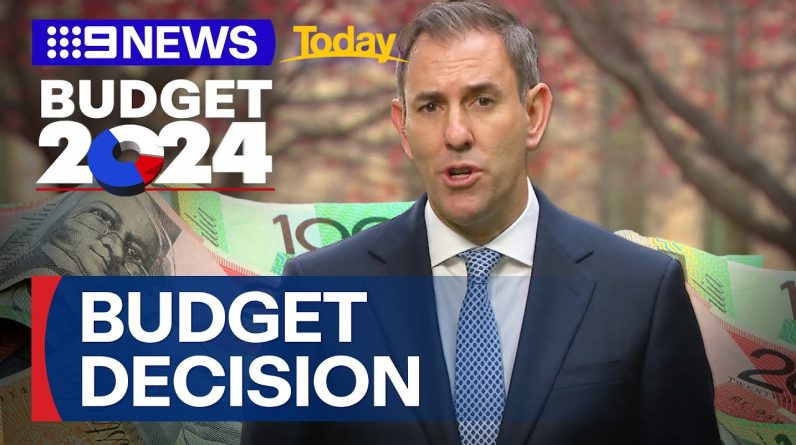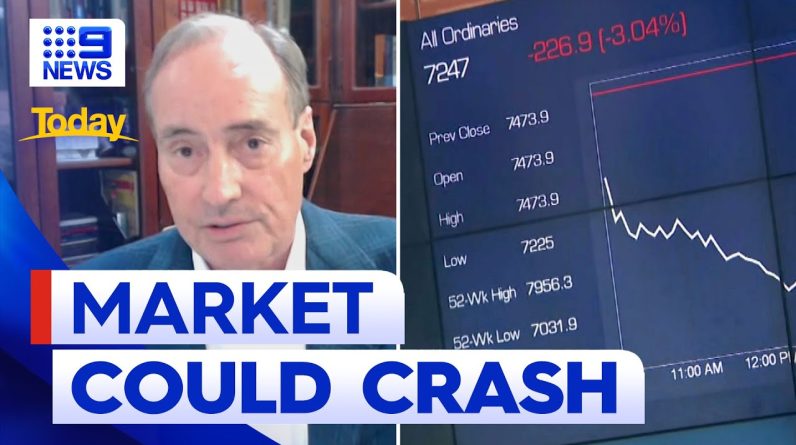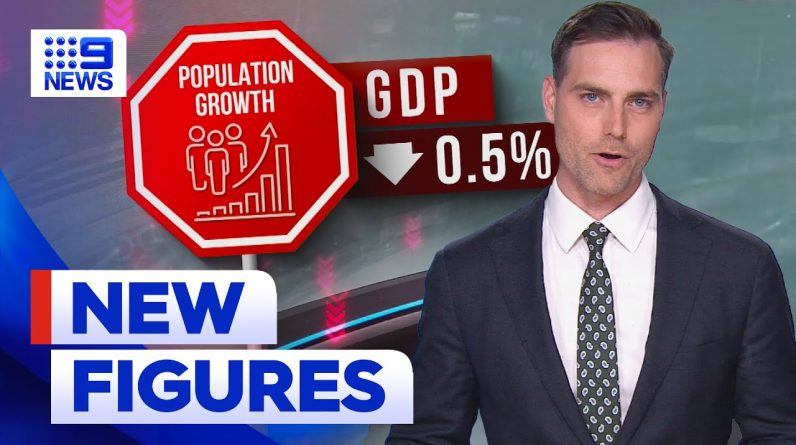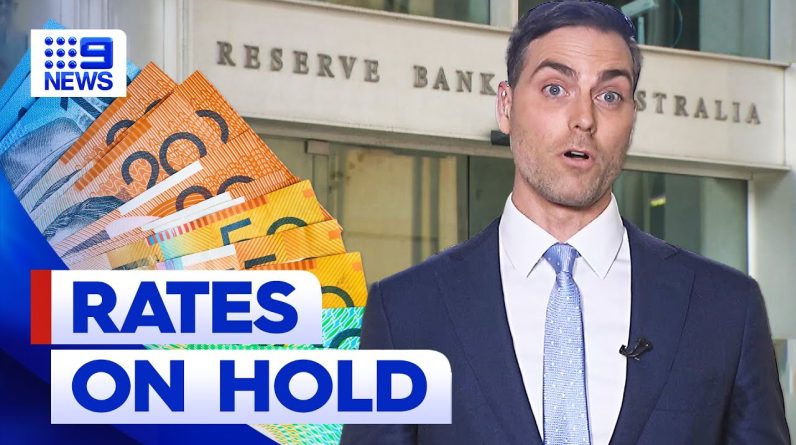Home loan borrowers will not have to find any extra for repayments with the Reserve Bank, keeping interest rates on hold at 4.1% for the third month running. A parting gift from outgoing Governor, Philip Lowe, as he prepares to hand over the reigns to his deputy.
The RBA’s Interest Rate Outlook and Philip Lowe’s Legacy
The Reserve Bank of Australia (RBA) hasn’t raised interest rates since June, but they may need to in the future to combat inflation. The cash rate is currently at its highest level since April 2012. RBA Governor Philip Lowe believes most rate increases are behind us, and inflation is expected to return to the target range by late 2025.
However, slower economic growth and global pressures are causing uncertainty. While some experts predict a 30% chance of a rate hike in the next six months, others believe the RBA is done with rate hikes.
As Philip Lowe’s tenure as governor comes to an end, the transition to incoming governor Michele Bullock is underway.
Key Takeaways
- RBA has paused its current rate-hiking cycle and the bulk of interest rate increases are behind us.
- RBA forecasts inflation to return to the target range of 2-3 per cent in late 2025.
- Unemployment is expected to rise gradually to reach 4.5 per cent by late 2024.
- The next move is expected to be a rate cut in 2024, and rate cuts in Australia are not expected for more than a year.
The Current State of Interest Rates in Australia
The current state of interest rates in Australia shows that the RBA has not raised rates since June. However, future rate rises may still be necessary to address inflation concerns. The cash rate target stands at 4.1 per cent, its highest level since April 2012.
The RBA has paused its current rate-hiking cycle four times since May 2022. However, the RBA governor believes that the bulk of interest rate increases are behind us. The central bank forecasts that inflation will return to the target range of 2-3 per cent in late 2025. The unemployment rate is also expected to gradually rise to reach 4.5 per cent by late 2024. Despite the current state of interest rates, some experts predict a 30% chance of a rate rise in the next six months.
The RBA’s Forecasts for Inflation and Unemployment
Inflation is projected to return to the target range of 2-3 percent by late 2025, according to the RBA’s forecasts. The Reserve Bank of Australia (RBA) expects that the current upward pressure on prices will ease over time, leading to a gradual decline in inflationary pressures.
This projection is based on the assumption that the Australian economy will continue to recover from the effects of the COVID-19 pandemic and that global economic conditions will remain relatively stable. The RBA also forecasts that unemployment will gradually rise to reach 4.5 percent by late 2024.
These projections suggest that the RBA may need to consider additional rate increases in the future to curb inflationary pressures and ensure the stability of the economy.
Assessing the Impact of Interest Rate Increases
Assessing the impact of interest rate increases, economists are closely monitoring the effects on consumer spending and borrowing patterns. With the Reserve Bank of Australia (RBA) implementing a series of rate hikes in recent months, there is a growing concern about how these increases will affect the overall economy.
Higher interest rates can potentially discourage borrowing, leading to a decrease in consumer spending. This, in turn, may have a negative impact on businesses, as reduced consumer demand could result in lower sales.
Additionally, higher interest rates can also affect mortgage holders, as their repayments may increase, potentially impacting household budgets.
As economists continue to analyze the consequences of interest rate increases, policymakers and financial institutions will be closely watching for any potential signs of a slowdown in consumer spending and borrowing patterns.
Evaluating the RBA’s Decision-Making Process
Economists are closely evaluating the decision-making process of the Reserve Bank of Australia, particularly in relation to recent interest rate changes. The RBA’s handling of the economic headwinds and their impact on interest rates has come under scrutiny.
The central bank’s decision to pause its rate-hiking cycle four times since May 2022 has raised questions about the effectiveness of its policies. Some experts believe that additional rate increases may be necessary to curb inflation, while others argue that the RBA is done with rate hikes.
The uncertain economic outlook, including global pressures from China’s property market, has further complicated the decision-making process. As the RBA prepares for a transition of leadership from outgoing Governor Philip Lowe to incoming Governor Michele Bullock, economists are keen to see how the central bank’s decision-making process evolves and adapts to the changing economic landscape.
Philip Lowe’s Tenure: A Look at the Cash Rate Changes
During his tenure, Lowe oversaw a dozen increases to the cash rate, the fastest rate-hiking cycle in the history of the Reserve Bank of Australia. Under his leadership, the cash rate rose steadily, reflecting the RBA’s efforts to manage inflation and ensure economic stability. These rate hikes were implemented in response to various factors, including improving economic conditions, rising inflationary pressures, and the need to normalize monetary policy after the global financial crisis.
Lowe’s proactive approach to monetary policy was driven by his commitment to maintaining price stability and sustainable economic growth. While these rate increases may have had short-term impacts on borrowing costs and consumer spending, they were necessary to manage inflationary pressures and support the long-term health of the Australian economy.
The Introduction of a New Monetary Policy Board
During Philip Lowe’s tenure as governor of the RBA, a significant change was introduced in the form of a new monetary policy board. This was a notable development in the RBA’s decision-making process.
The introduction of a separate governance board and monetary policy board allowed for more debate and discussion within the board regarding cash rate decisions. While the fundamental implications for interest rate setting in Australia were considered minimal, this change aimed to enhance transparency and accountability in the RBA’s decision-making process.
With the adoption of the new monetary policy board in 2024, there were no immediate changes expected in the RBA’s decision-making process. However, it was anticipated that this new structure would facilitate a more robust and comprehensive assessment of economic conditions, ensuring that the RBA’s interest rate decisions align with the evolving needs of the Australian economy.
Climate Change and Its Influence on Interest Rates
The impact of climate change on interest rates remains uncertain, necessitating ongoing discussion and analysis. As the global climate continues to change, its potential effects on the economy and financial markets are still being explored.
While some argue that climate change may lead to higher interest rates due to increased economic risks and the need for investment in mitigation and adaptation measures, others suggest that it could result in lower interest rates as governments and central banks prioritize sustainability and green investments.
Additionally, the physical impacts of climate change, such as extreme weather events and natural disasters, could disrupt economic activity and financial stability, influencing interest rate decisions.
Given the complexity of these dynamics, further research and dialogue are crucial to better understand the relationship between climate change and interest rates and inform appropriate policy responses.
Reflections on Philip Lowe’s Leadership at the RBA
Lowe’s tenure at the RBA was marked by effective leadership and navigating economic challenges. As the governor of the Reserve Bank of Australia, he faced numerous headwinds and uncertainties, yet managed to steer the central bank through these turbulent times.
Under his leadership, the RBA implemented a series of interest rate changes, including a record low of 0.1% during the COVID-19 pandemic, and the fastest rate-hiking cycle in the bank’s history. Lowe’s ability to effectively communicate the RBA’s decisions and navigate the complexities of the global economic landscape was commendable.
As he reflects on his time at the RBA, there is an appreciation for his efforts and dedication. With his departure, it is now time for new leadership and institutional change as Michele Bullock takes the helm as the new governor of the RBA.
The Challenges Faced by the RBA During Lowe’s Tenure
Throughout his time as governor of the Reserve Bank of Australia, Philip Lowe encountered various challenges that tested his leadership skills and decision-making abilities.
One of the major challenges faced by Lowe was navigating the economic headwinds that shook the global financial landscape. This included issues such as communication breakdowns and forecasting errors across major central banks. However, it is important to note that the RBA, under Lowe’s guidance, managed to weather the storm better than some of its counterparts.
Lowe also had to grapple with the uncertainty surrounding climate change and its potential impact on interest rates. This required ongoing discussion and analysis to understand how this environmental issue would shape the future of monetary policy.
Despite these challenges, Lowe’s tenure as governor of the RBA is widely appreciated, and it is now time for new leadership and institutional change as he passes the baton to his successor, Michele Bullock.
Transitioning to New Leadership at the RBA
During the transition to new leadership at the Reserve Bank of Australia, the focus shifts towards the future direction of the institution and the challenges that lie ahead.
As Philip Lowe prepares to step down as governor, attention turns to Michele Bullock, who will take over the role. Bullock will inherit an economy facing various headwinds, including uncertainties surrounding inflation, employment, and global pressures such as China’s property market.
The new leadership will need to navigate these challenges and make decisions that support economic growth while maintaining price stability. Additionally, there is ongoing discussion and analysis regarding the impact of climate change on interest rates, which Bullock will have to consider in her role.
As the transition unfolds, all eyes are on the RBA to see how it will address these issues and steer the Australian economy in the right direction.
Albion News is a great place to find informative, up-to-date news articles. We provide a wide range of unique articles that offer an interesting perspective on current events from around the world and from various different sources. You can easily search for the topics that matter most to you and explore in-depth pieces that provide insight into the issues and important debates occurring today. Albion News helps you stay informed with carefully researched and credible stories!


